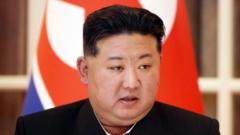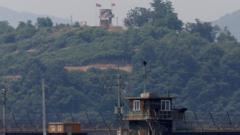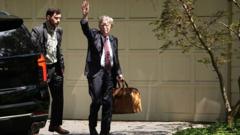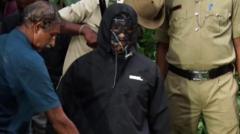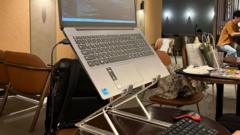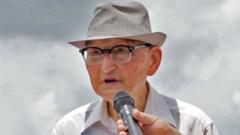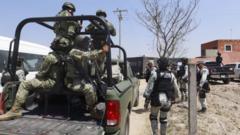The ongoing investigation into the Jeju Air Flight 2216 disaster that took place in South Korea sheds light on the pilots' last-minute decisions and communication with air traffic control. This analysis aims to understand the factors contributing to the tragedy, including the reported bird strike and the aircraft's technical failures.
Insights Into Jeju Air Crash: Pilots' Alternatives Uncovered

Insights Into Jeju Air Crash: Pilots' Alternatives Uncovered
A partial transcript reveals the conversations between Jeju Air pilots and air traffic controllers just before the fatal crash that killed 179.
The tragic crash of Jeju Air Flight 2216 at Muan International Airport, which took place on December 29, claimed 179 lives, and new insights from a partial transcript of the pilots' communication with air traffic controllers may reveal critical factors leading to the disaster. The transcript outlines a sequence of engineering challenges faced by the crew, who tried to implement three alternative landing approaches before the plane ultimately crashed.
In the moments leading to the crash, the pilots communicated their intentions after experiencing a bird strike, sounding a mayday alert. They first indicated a left turn, followed by a right turn to align with the airport's runway from the south. Eventually, when these options failed, air traffic controllers proposed landing from the opposite direction, to which the pilots consented. Unfortunately, the aircraft landed on its belly, overran the runway, and collided with an area that housed navigation aids, resulting in an explosive fireball. Only two survivors among the 181 on board, both flight attendants at the rear of the Boeing 737-800, escaped the tragedy.
Investigation teams are focusing on various elements, notably the state of the jet's engines and electrical systems, as both black boxes ceased recording crucial data during the incident. Questions persist as to why the aircraft’s landing gear did not deploy as expected and the circumstances surrounding the black boxes’ failure. A board assigned to investigate the crash has relayed some information regarding the transcript to the victims’ families while ensuring the confidentiality of participants’ dialogue.
Despite the exchange shedding light on the pilots' struggles, many aspects of the flight remain unclear, fueling a need for continued scrutiny and analysis as the investigation unfolds. As it stands, this incident marks the deadliest aviation disaster in South Korea's history, prompting widespread concern over aviation safety measures and the need for continued improvements in flight technology and operational protocols.

